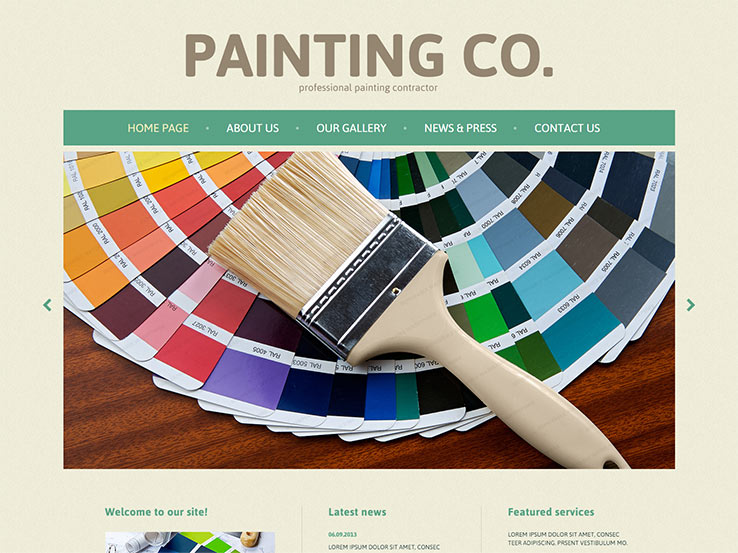Variables To Consider For Commercial Outside Painting By Season: Necessary Information You Need To Have
Variables To Consider For Commercial Outside Painting By Season: Necessary Information You Need To Have
Blog Article
Team Writer-Leach Decker
When you're preparing a commercial exterior paint project, seasonal aspects can make or break your results. You'll wish to take into consideration just how temperature and humidity effect paint application and drying out times. Selecting the right period can ensure your paint sticks properly and lasts longer. Yet which seasons are truly the best for this kind of job? Let's discover the crucial elements that can influence your task's success.
The Impact of Temperature Level on Paint Application
When you're planning a business outside painting task, the temperature can dramatically influence exactly how well the paint adheres and dries.
Preferably, you want to paint when temperature levels vary in between 50 ° F and 85 ° F. If professional painters near me 's too cold, the paint may not cure effectively, causing problems like peeling off or splitting.
On the other side, if it's also hot, the paint can dry also rapidly, avoiding appropriate bond and leading to an uneven coating.
You need to additionally consider the time of day; early morning or late afternoon supplies cooler temperature levels, which can be more desirable.
Always inspect the manufacturer's referrals for the certain paint you're utilizing, as they commonly give support on the excellent temperature range for optimal outcomes.
Moisture and Its Impact on Drying Times
Temperature level isn't the only environmental factor that affects your commercial external paint job; humidity plays a considerable duty too. High moisture levels can reduce drying out times significantly, affecting the total high quality of your paint work.
When the air is saturated with wetness, the paint takes longer to cure, which can result in issues like inadequate attachment and a higher danger of mold growth. If you're painting on an especially moist day, be gotten ready for extensive wait times between layers.
It's vital to monitor regional climate condition and strategy accordingly. Preferably, aim for moisture levels between 40% and 70% for ideal drying.
Maintaining these factors in mind ensures your project stays on track and provides a long lasting surface.
Best Seasons for Commercial Exterior Paint Projects
What's the very best time of year for your industrial exterior painting projects?
Spring and early fall are typically your best choices. During these seasons, temperature levels are moderate, and moisture levels are frequently lower, developing excellent problems for paint application and drying.
Avoid https://www.entrepreneur.com/en-in/lifestyle/10-tips-to-renovate-your-house-beautifully-yet-economically/297458 , which can cause paint to dry too promptly, causing inadequate attachment and surface. In a similar way, wintertime's cold temperatures can hinder correct drying out and curing, taking the chance of the long life of your paint task.
Go for days with temperatures between 50 ° F and 85 ° F for optimum results. Keep in mind to inspect the regional weather report for rainfall, as damp problems can spoil your project.
Preparation around these elements ensures your paint job runs smoothly and lasts longer.
Conclusion
In conclusion, intending your commercial external painting projects around seasonal factors to consider can make a substantial distinction in the outcome. By scheduling job during the optimal temperatures and moisture levels, you'll ensure far better bond and drying out times. Bear in mind to keep an eye on local weather prediction and choose the correct time of year-- springtime and early autumn are your best options. Taking these steps will help you achieve a durable and specialist finish that lasts.
